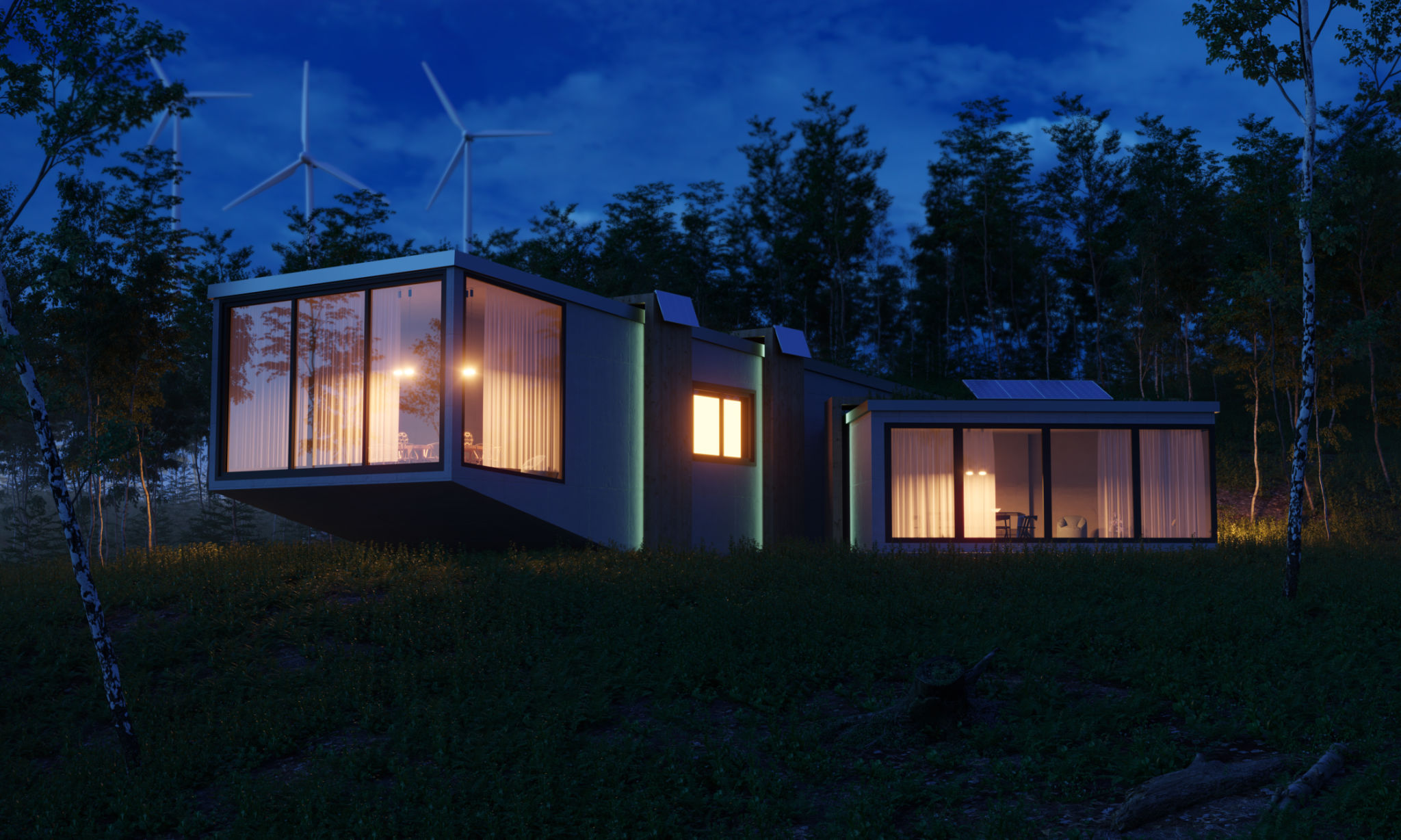Myths About Container Homes: Separating Fact from Fiction
Understanding Container Homes
Container homes have gained popularity as an innovative and sustainable housing option. However, several myths persist about their viability, safety, and practicality. In this post, we'll explore these myths and separate fact from fiction to help you make an informed decision.

Myth 1: Container Homes Are Not Durable
One common misconception is that container homes are not durable and cannot withstand harsh weather conditions. In reality, shipping containers are designed to endure extreme environments at sea. When properly modified and insulated, they can be as durable as traditional homes, offering protection from the elements.
Additionally, the steel structure of a container home is incredibly strong, making it resistant to natural disasters such as hurricanes and earthquakes. This durability makes container homes a reliable option for those seeking a resilient housing solution.
Myth 2: Container Homes Are Uncomfortable
Another widespread myth is that container homes are cramped and uncomfortable to live in. While it's true that a single container has limited space, creative design and thoughtful planning can transform it into a spacious living area. Architects and builders often combine multiple containers and incorporate open floor plans to maximize space.

Moreover, container homes can be equipped with modern amenities and stylish interiors, providing the same level of comfort as conventional homes. With proper insulation and climate control, they can be comfortable in any climate.
Myth 3: Container Homes Are Bad for the Environment
Some people believe that container homes are not environmentally friendly. However, repurposing shipping containers for housing is a form of recycling, reducing the demand for new building materials. This practice minimizes waste and contributes to a more sustainable construction industry.
Furthermore, container homes can be designed with eco-friendly features such as solar panels, rainwater harvesting systems, and energy-efficient appliances, making them a green choice for environmentally conscious individuals.

Cost and Feasibility
Myth 4: Container Homes Are Always Cheaper
While container homes can be more affordable than traditional homes, it's a myth that they are always cheaper. The cost depends on factors such as location, design complexity, and the choice of materials and finishes. It's crucial to consider all expenses, including land acquisition, permits, and installation, when budgeting for a container home.
Myth 5: Zoning Laws Prohibit Container Homes
Another myth is that zoning laws universally prohibit container homes. In truth, zoning regulations vary by location, and many areas are becoming more accommodating of alternative housing solutions. It's essential to research local regulations and obtain the necessary permits before starting a container home project.
Collaborating with professionals who have experience with container homes can ensure compliance with local codes and streamline the approval process.
Conclusion
Container homes are a versatile and innovative housing option that can be durable, comfortable, and environmentally friendly. By dispelling common myths, you can better understand the potential of container homes and consider them as a viable alternative to traditional housing. As with any home, thorough research and careful planning are key to a successful build.

